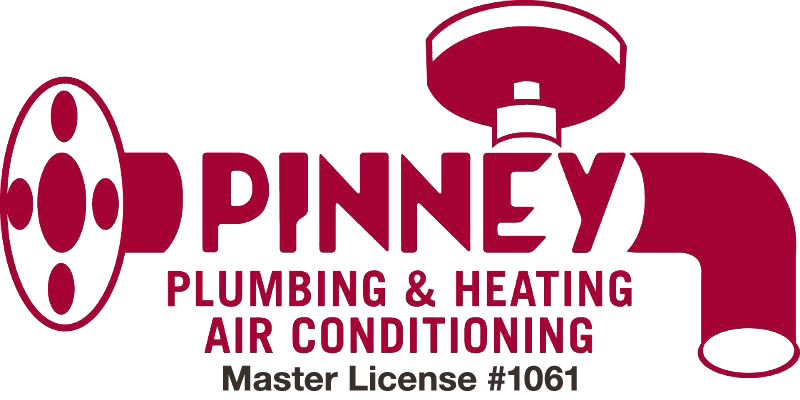FAQ/Tips
I am having a flood from a broken pipe; what do I do next?
First, be safe – do not touch wet electrical components or get sprayed with hot water and steam. Next, find the main house water shutoff and turn it off. It is usually at the water meter if you have city water, or at the cold water storage tank if you have a well. That will stop the emergency flooding. It is a great idea to know ahead of time where these valves are and show everyone in the family. Mop or wipe any water that you can to prevent damage to floors and furniture. If you can’t find the shutoff, call us to help you find it. Either way, call us when the water is off and we’ll help you decide what the next step is. If you saw where the leak was actually coming from, try to describe the pipe and also what you were using when you saw the leak or just before you saw it.
What exactly is a demand water heater and do I need one?
Today’s demand or tankless water heaters do not store hot water, but only make hot water if there is water flowing through the pipe. Without any stored hot water, they can sit idle for hours, weeks or months using zero energy until you actually want to use it. The only practical fuel for these is gas, either LP or Natural. To make large amounts of hot water as you use it, there needs to be a large flame, which limits how many gallons per minute they can produce. Be careful reading the ratings. The ratings are usually based on starting with 70 degree water, and that doesn’t happen in New Hampshire. If a unit says you’ll get 8 gallons per minute (gpm), then figure less than 5 in real life; just enough for 2 showers at once. It can produce the rated gpm all day long and never run out. The water quality needs to be good to keep them running trouble-free.
Tank type water heaters used on a day to day basis have a stored amount of water made ahead of time. This allows for more gpm for showering if the connected piping allows for it. But at some point, you will need to give it a rest to prevent running out. Tanks come in a variety of sizes for almost any need and have very good insulation, making them very efficient compared to older models. Tanks require little maintenance and are affected to a far lesser degree by poor water quality compared to the tankless heaters.
My faucet makes a clunking noise or continuous vibration when I open or close it.
This is usually a loose washer in an older style faucet. Shut off the water source, remove the stem assembly and replace the washer on the end. It is held on by a screw. If the rest of the stem is not corroded and the “cup” that the washer sits in is not missing the sides that hold the washer in place, install a new screw, put a little Vaseline on the threads and put it all back together.
When my washing machine drains the toilet bubbles or overflows.
This is an indication that the main drains in the house are plugged or plugging. As the pipes fill with water, air can’t escape through all the normal ways and will push through the other fixtures making the gurgling sound. This is either a job for the sewer and drain company or, if it’s been a while, it may be time to have the septic tank pumped. We can recommend several reliable companies that do that type of specialized work.
I’m having trouble with my garbage disposal, what can I look for?
If it won’t run at all, check for a blown circuit breaker or fuse. Also there often is a small reset switch on the bottom that may be popped out. Usually this happens if it is jammed with something so carefully, with the power off, gently push the splash rubber off to the side and look down inside for any debris that might be caught between the cutters and the grind ring. You can take a wooden broom handle sized stick and try to spin the ring. If it spins freely then go ahead and try to run it. If the disposal runs but is very loud and clunky then clean it in the same manner as described above. Plugged drains from disposals usually required dismantling the drain and using a snake. Sometimes a wet vac can suck the problem out. Pouring hot (not boiling) water into the disposal followed by plunging will sometimes free the drain. Be careful of splashing hot water. Never put stringy materials like carrot greens or soft materials like cooked rice into the disposal. Use plenty of cold water when using the disposal including for a minute or so afterwards. Don’t try to put everything in at once, do a reasonable amount at a time.
My pipes rattle every time I shut off a faucet.
Water travels through the pipes quite fast sometimes. The more you run and the smaller the pipe, the greater the velocity. When the water is shut off quickly the water slams into the faucet or the end of the line much like bumping into a brick wall. This is called water hammer. New style cartridge faucets and automatic valves on washing machines and dishwashers are common culprits. Properly sized piping minimizes or prevents the high velocity. Loose hangers on the piping and places where pipes touch other pipes should be repaired as they amplify the noise. Devices can be added such as air chambers that provide a soft landing or pillow to soften the blow. Other causes of rattles are loose washers, check valves and pumps.

Did You Know?
Each low flush toilet saves over 10,000 gallons a year. How many toilets do you have?

